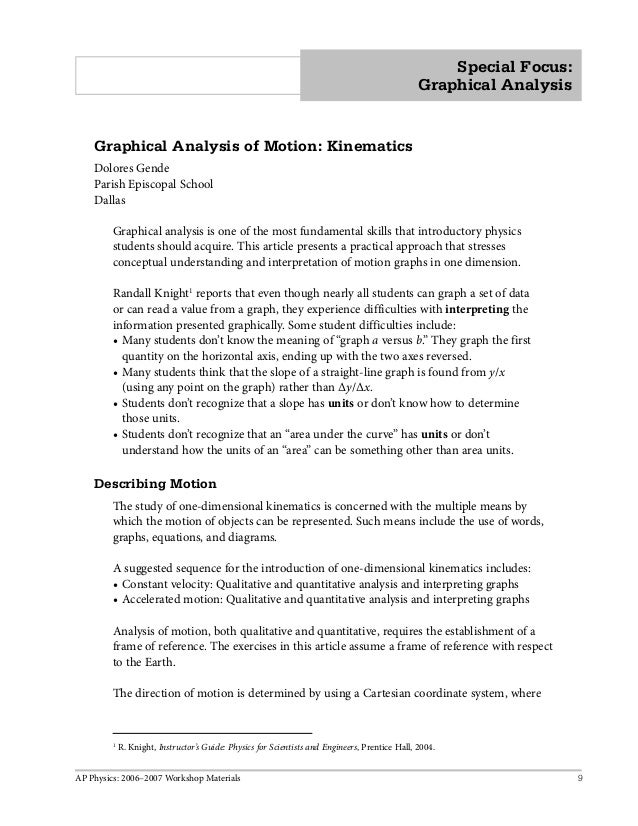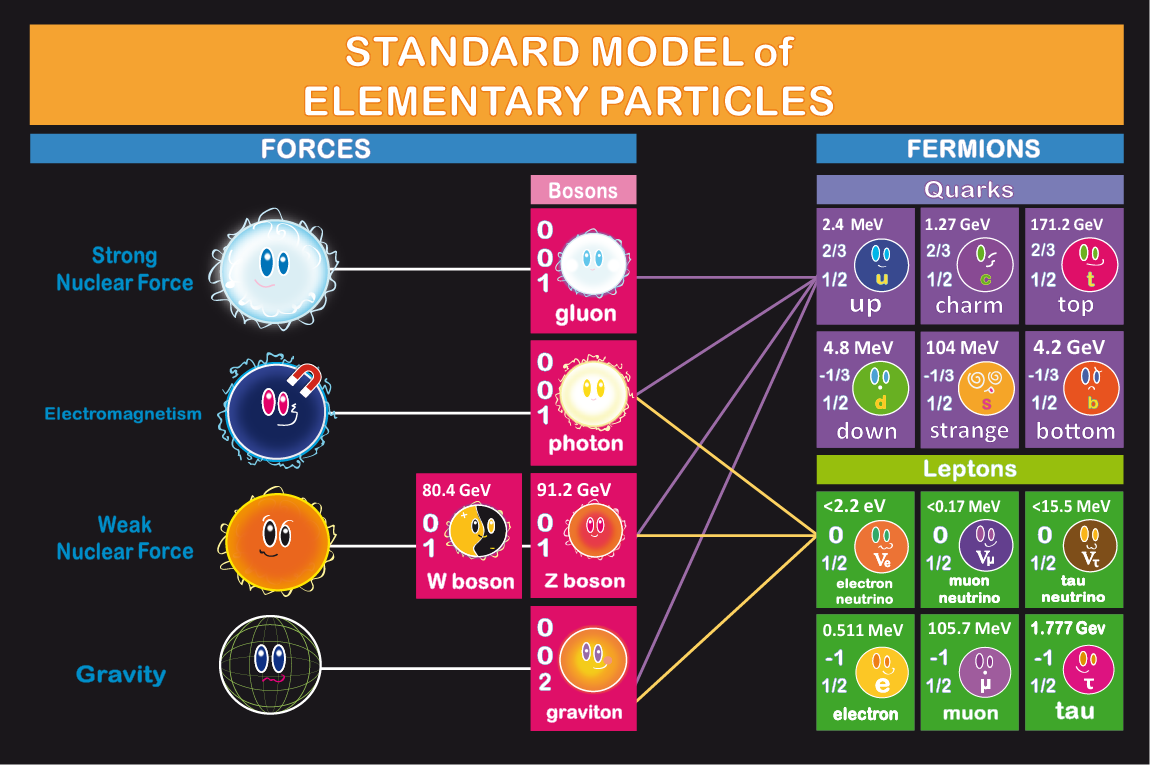

The slope of this graph is acceleration it is plotted in the final graph. (b) The velocity gradually approaches its top value. (a) The slope of this graph is velocity it is plotted in the next graph. This motion begins where the motion in Figure 3 ends. Graphs of motion of a jet-powered car as it reaches its top velocity. Similarly, velocity increases until 55 s and then becomes constant, since acceleration decreases to zero at 55 s and remains zero afterward. If we call the horizontal axis the, after which time the slope is constant. When two physical quantities are plotted against one another in such a graph, the horizontal axis is usually considered to be an independent variable and the vertical axis a dependent variable. Slopes and General Relationshipsįirst note that graphs in this text have perpendicular axes, one horizontal and the other vertical. This section uses graphs of displacement, velocity, and acceleration versus time to illustrate one-dimensional kinematics. Graphs not only contain numerical information they also reveal relationships between physical quantities. The slope can be used to determine the acceleration of the cart on an incline of any angle. Draw a best-fit line by hand or use the linear-regression feature of Graphical Analysis, and determine the slope. time.Ī graph, like a picture, is worth a thousand words. Use either the Graphical Analysis program or graph paper. Determine average or instantaneous acceleration from a graph of velocity vs.Determine average velocity or instantaneous velocity from a graph of position vs.Describe a straight-line graph in terms of its slope and y-intercept.This set of experiments complements guided-inquiry and Modeling Instruction™ classrooms.

Spreadsheet files are offered to organize data and perform calculations. Students are challenged to develop their own experimental procedures.
PHYSICS GRAPHICAL ANALYSIS FREE
The investigations in this book also work with Vernier Graphical Analysis, but the ability to sync videos with data is not available in the free version.Įach of the investigations includes links to internet background information that ties the topics to real-world phenomena. The teacher files demonstrate the use of appropriate data analysis tools. While straight-line movement can be represented graphically using only a number line, more information about its motion can be communicated using a Cartesian co-ordinate system.
PHYSICS GRAPHICAL ANALYSIS PRO
Graphical Analysis Pro data files are offered for students and teachers. Graphical Analysis of Motion Graphs, like mathematical equations and charts, can describe the motion of objects. This offers remote learners the opportunity to conduct the investigations without the physical presence of a Sensor Cart.

PHYSICS GRAPHICAL ANALYSIS BLUETOOTH
The graphical display correlates videos of the events to the data communicated by the Sensor Cart using Bluetooth ® wireless technologies. The basic concepts and principles are discussed first, followed by graphing and plotting of data, the graphing lessons and activities inside involve. With Super, get unlimited access to this resource and over 100,000 other Super resources. Įach investigation utilizes the synced video and data featured in the new subscription-based Vernier Graphical Analysis™ Pro app. INTRODUCTION : This module designed to build graphing skills in students, while showing them the relevance of math in their lives. The investigations make exclusive use of the Vernier Go Direct ® Sensor Cart. It provides a stimulating structure to explore introductory through AP-level concepts in kinematics, Newton’s laws of motion, forces, and conservation of energy and momentum.

Sensor Cart Physics features 23 guided-inquiry investigations.


 0 kommentar(er)
0 kommentar(er)
